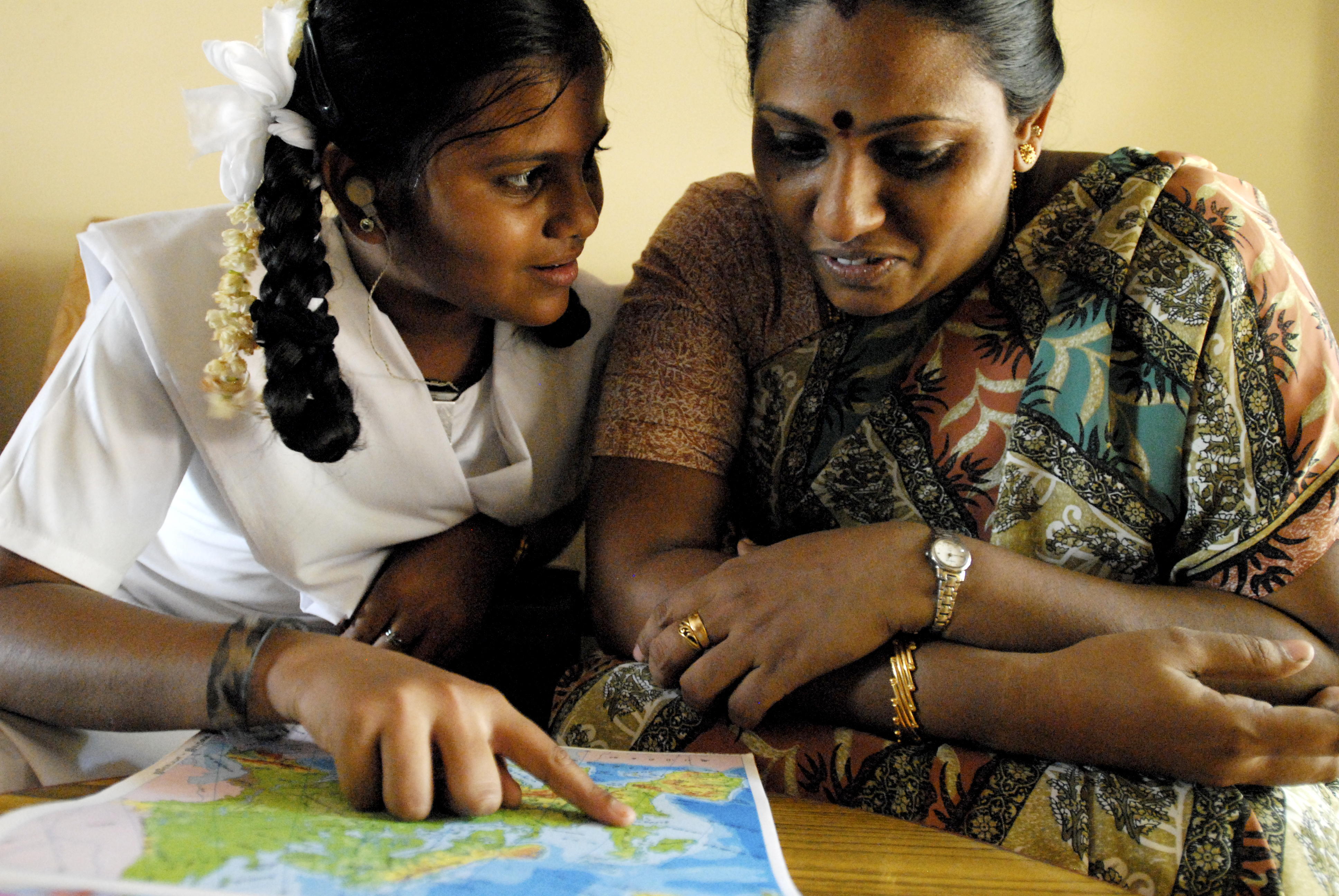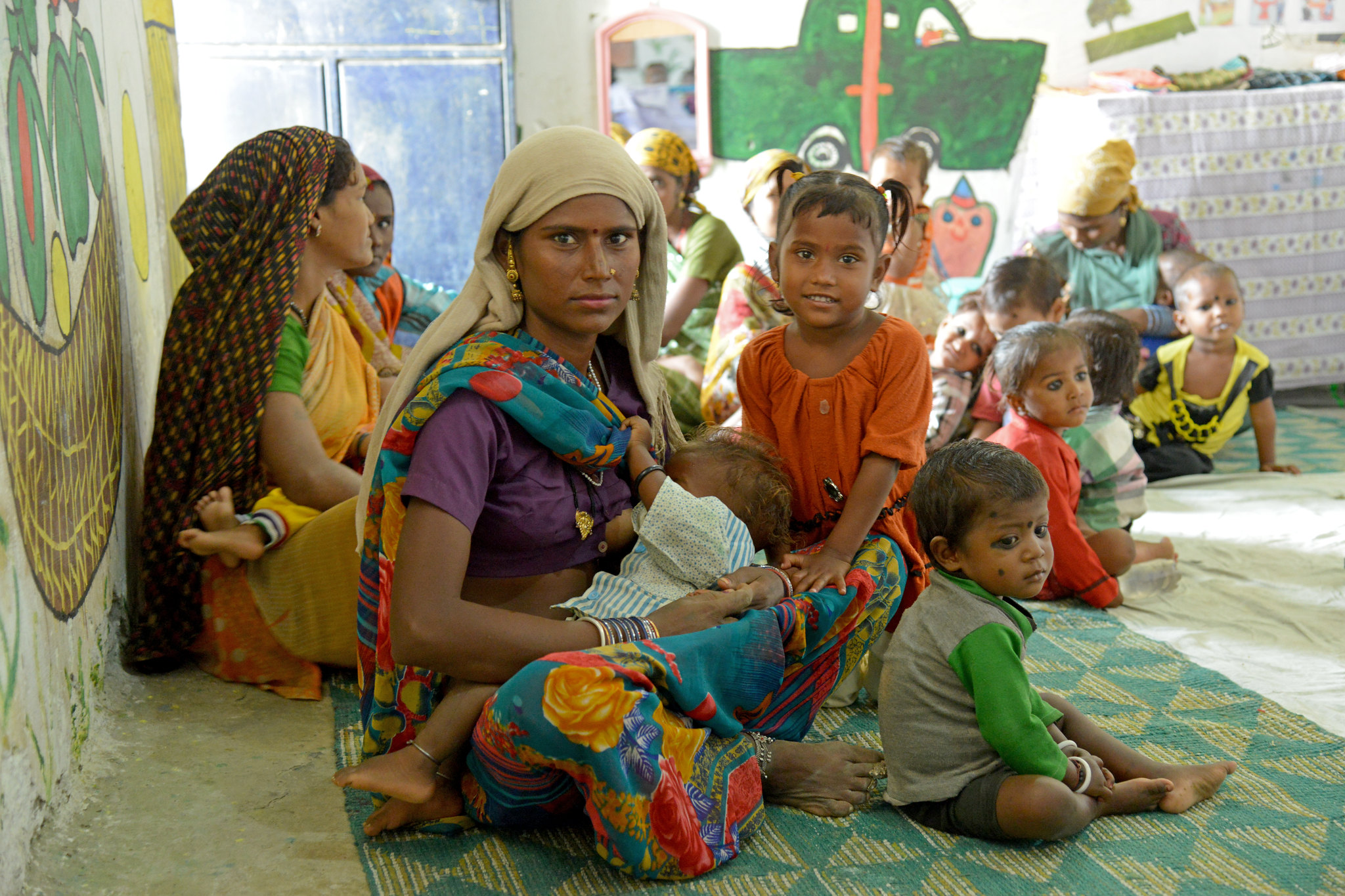Read the executive summary below or download the full report (PDF).
Most money and responsibility for health in large federal countries like India rests with subnational governments — states, provinces, districts, and municipalities. The policies and spending at the subnational level affect the pace, scale, and equity of health improvements in countries that account for much of the world’s disease burden: India, Indonesia, Nigeria, and Pakistan.
Fiscal transfers between levels of government can — but do not always — play an important role in turning money into outcomes at the subnational level. Well designed, transfers can help put states on a level financial playing field by equalizing spending across states and adjusting allocations for the health risks of each state’s population. Transfers can increase accountability and create incentives for greater spending or effectiveness in service delivery.
But transfers are rarely designed with attention to their desired outcomes. To get to better outcomes, international experience suggests that transfers need to be reexamined and reformed along three dimensions. First, central government’s allocation of national revenues to subnational governments should respond to needs and population size. Second, transfers should generate incentives to improve subnational governments’ spending quality and performance on outcomes. Third, independent systems to monitor, evaluate, and provide feedback data on subnational performance can generate greater accountability to the central government, parliaments, and legislatures as well as to citizens. These insights are seemingly simple and suggestive, but each country starts from its own unique history that requires careful technical analysis and political savvy to define reforms with genuine potential to improve health.
Since many countries face similar challenges in this domain, the Center for Global Development (CGD) in Washington, D.C., and the Accountability Initiative at the Centre for Policy Research in New Delhi have undertaken joint research and co-chaired a working group to learn from and inform fiscal transfers in one rapidly growing middle-income country, India. The working group asked and sought to answer two questions:
- How well have fiscal transfers worked for health in the past?
- How should fiscal transfers be designed and implemented in the future so that they align with subnational health needs and incentivize outcomes at the subnational level?
This report is a result of that endeavor and reflects the unique perspectives and expertise of center and state actors, health and fiscal policymakers, academics, and civil society actors. It is based on a series of meetings and discussions of the evidence base and policy options for aligning center-to-state funding mechanisms with the goal of improved health.
How well have fiscal transfers worked for health in the past?
Fiscal transfers to date have not reduced the substantial and persistent inequalities in health expenditure and outcomes across Indian states. The working group examined two major sources of center-to-state flows over time: the 12th and 13th Finance Commissions and the National Rural Health Mission (NRHM).
The 12th and 13th Finance Commissions took different approaches to health-specific transfers, the former based on expenditure needs and the latter based on health outcomes. Our analyses found several weaknesses and unintended consequences of these specific-purpose transfers. The 12th Finance Commission recommended health-specific transfers known as equalization grants for health to the seven Indian states with the lowest health indicators. The goals of the transfers were to reduce inequality in per capita expenditure across the seven states and to encourage states to prioritize health within their own expenditures. However, the conditions attached to the transfers proved problematic, and nearly 20 percent of the funds remained unused. Allocations to states under the 13th Finance Commission were conditional on states reducing their infant mortality rate. However, because of the design of the allocation formula and problems with the baseline data, a handful of states captured a large share of the transfers, and states that saw substantial declines in infant mortality were not always adequately compensated.
The NRHM aimed to address interstate inequalities in infra-structure, human resources, and maternal and child health services by grouping states according to health status and need, consolidating central flows by creating “flexible pools,” using small cash transfers to pregnant women and health workers to increase health service use, and mandating state co-financing. Analysis reveals that the additional central transfers had not sufficiently responded to state needs, and the program’s one-size-fits-all approach in focus countries failed to account for socioeconomic differences among them. NRHM spending instead was closely linked to a state’s ability to request and spend NRHM funds rather than to a state’s intrinsic need for health services. The program aimed to allow states to pro-pose their own action plans based on their specific needs, but in practice states had to adhere to budget line items prescribed by the central government. The cash transfer program — Janani Suraksha Yojana — appears to have increased the number of institutional deliveries in India, but it is unclear whether payments actually reach women and whether its focus on deliveries has diverted attention from other reproductive health services. Further, there is limited evidence of its impact on outcomes. In general, there is disagreement about, and limited evidence to show, that NRHM has improved health outcomes.
How should fiscal transfers be designed and implemented in the future?
In 2015 India began implementing a broad fiscal reform following the recommendations of the 14th Finance Commission, devolving an unprecedented 10 percentage point increase in tax revenues to states, reducing fragmentation of all central transfers, and increasing state fiscal space in general. These reforms have also meant that centrally sponsored schemes such as the NRHM have less funding available and will be a shrinking share of total public spending on health by the central government. The broader reforms that mean states can plan and spend more based on their own priorities, but there is also a downside risk that states may not choose to spend the funds on health.
Getting center-to-state transfers for health right thus assumes greater importance. The working group recommendations build on three dimensions of allocation, incentives, and accountability found to be important for health spending and outcomes internationally.
Build on the 14th Finance Commission devolution and allocate toward better health in states
The unconditional general purpose transfers of the tax devolution to states represent an effort to give more fiscal power to states and address interstate inequities in resource mobilization capacity and expenditure needs. This does not directly address inequalities in health allocations or outcomes. Thus, the central government should continue its allocations for health to states but use its funds to lever-age greater and smarter investments in health by states.
To this end, international efforts to reform fiscal transfers and manage subnational expenditure to improve health should be considered. As states gain more autonomy through unconditional transfers, it will be important to look at best practices in prioritizing health investments. England, Brazil, and South Africa can offer insights and ideas for India (see Appendix 1).
Moreover, to make health transfers more predictable and to facilitate multiyear planning and investments, the central government should indicate how and how much central funding for health is expected to be allocated over time. At the same time, states should draw up a health sector medium-term expenditure framework that allows benchmarking of budgetary allocations across states over time.
Move toward better design of performance-based fiscal transfers for health
Transfers beyond the tax devolution grants from center to states should be based on performance. And the payments should be linked to the achievement of independently verified outcomes and made per unit of achievement rather than on achieving a predeter-mined aggregate target.
The Government of India should use its limited funds in the following ways:
- Pay for health outcomes. The Government of India, in consultation with states, should choose a single, simple metric of health status regardless of the model of service delivery adopted. The award would incentivize good performance, rather than act as a reimbursement for costs that should be covered by state treasuries. The metric could be based on the infant mortality rate, and the Government of India could pay for each averted infant death.
- Pay for performance. A complementary payment mechanism could rely on an index of health indicators. Each additional percentage increase in the mean index, weighted by population, would be associated with a specific payment.
- Pay the state, health workers, and women. Payments can be pro-vided to different agents; we recommend payments be made at least to the state, and the state in turn can be encouraged to design incentives that cascade to agents within their state, such as health workers, hospitals, or individual beneficiaries.
Invest in better data and evaluation research by strengthening health information, data, and related accountability systems
India should build an ecosystem for investment in better data, research, and accountability mechanisms to enable policymakers to target existing health inequities and reward better performers. It should:
- Establish an independent authority to collect, manage, and analyze health data. The government of India should establish an independent national health information authority tasked with collection, management, and analysis of health data as its core business. It would have legal status with strict data and privacy protection and dissemination protocols. It would also facilitate independent research and evaluation of health status trends and use.
- Leverage digital platforms to create an electronic health record database. The digital platform Aadhaar should be used as a basis for electronic health records that would be managed by the national health information authority. The central government should bear the cost of setup and maintenance of the digital infrastructure and frame rules for privacy and data use.
- Engage donors to fund technical assistance for the health information system. India should seek the help of development partners to create a modern strategic information system, at both the national and state levels, with checks and balances to assure accuracy, timeliness, and availability of key data to decision makers and stakeholders at all levels.
Structure of this report
The report first explores the performance of past efforts to reform India’s fiscal and health policies by analyzing the center-to-state funding flows under the 12th and 13th Finance Commissions and the NRHM. It then looks at recent policy reforms that came with the 14th Finance Commission, which radically transformed how public financing is transferred to states. Finally, the report lays out recommendations for how India could leverage fiscal transfers to improve health. Importantly, while this report focuses on India, it also raises an urgent agenda for further research and evaluation in other countries facing similar decisions around the design of their fiscal and health policies.
Download the full report (PDF).
Rights & Permissions
You may use and disseminate CGD’s publications under these conditions.





